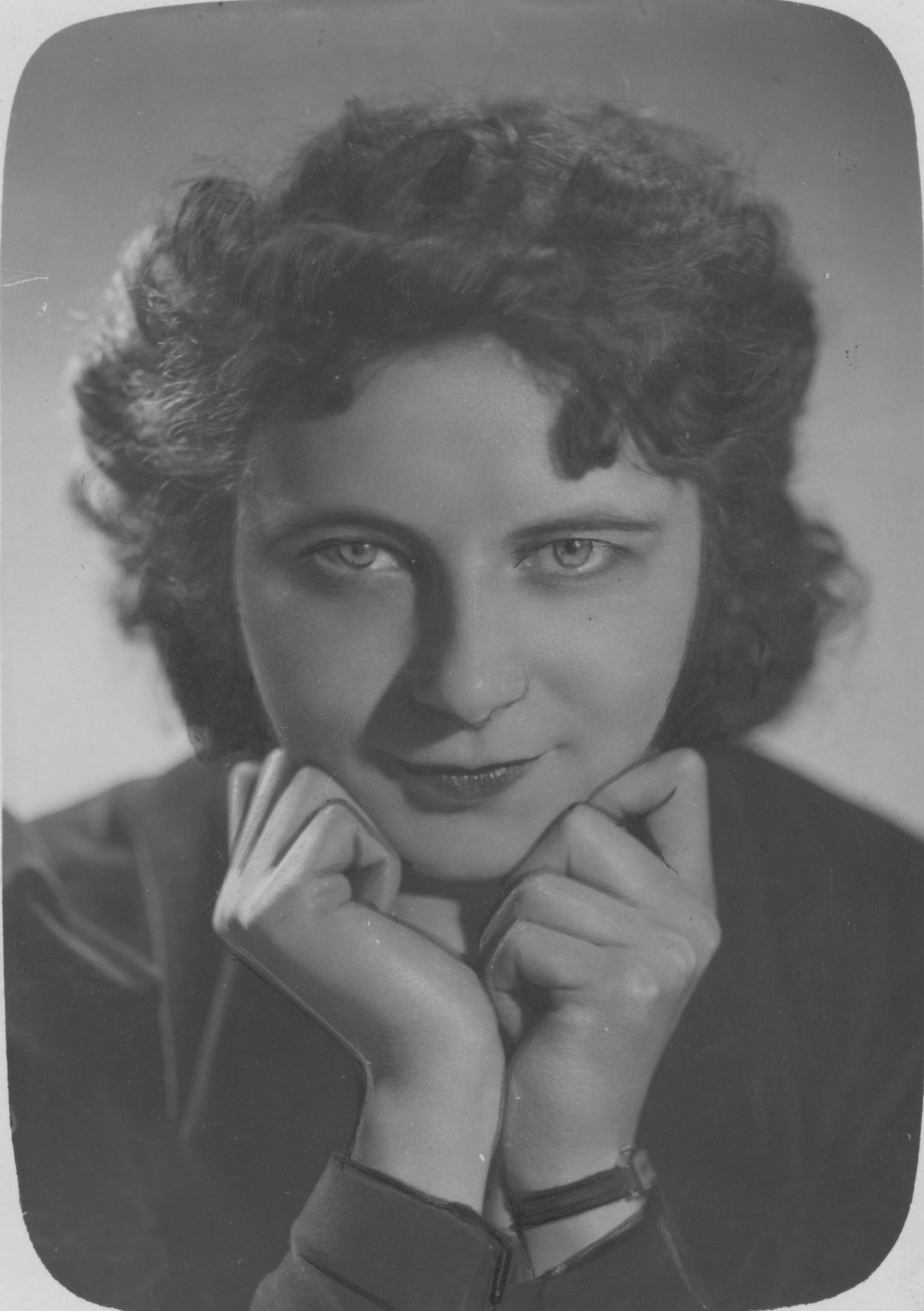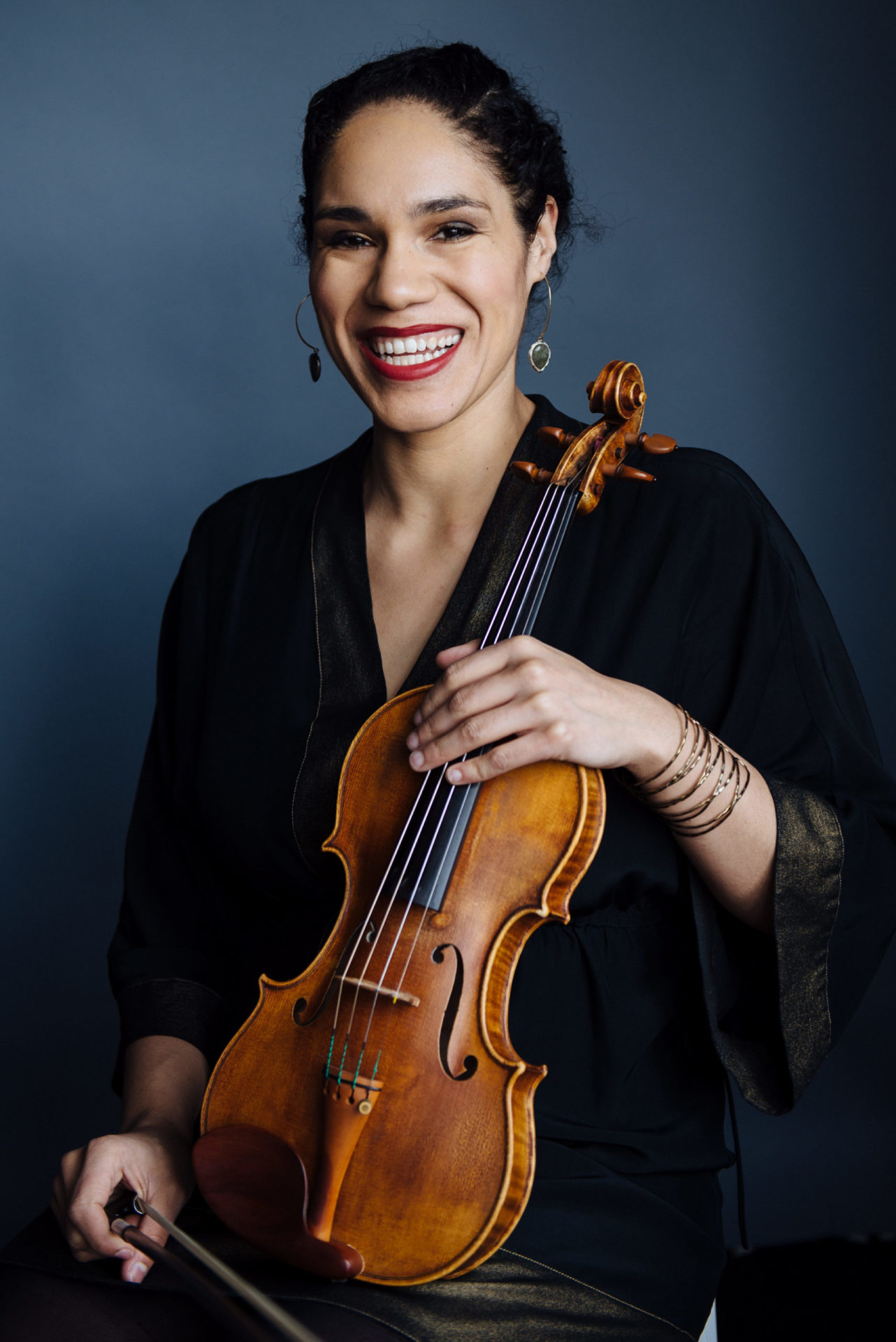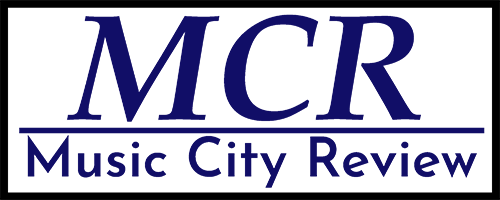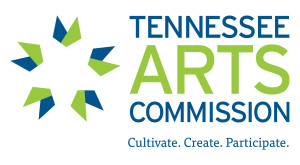At the Schermerhorn
Ruth Reinhardt’s Debut at the Nashville Symphony
This past Sunday afternoon the Nashville Symphony gave a concert that waffled between breathtaking moments and another average night at the symphony. As the audience settled into their seats, a recording of Béla Fleck asked us to turn off our cellphones in this “sacred” space. The word “sacred” seemed, to me, an interesting choice. As I looked around the half empty concert hall, (or was it half full?), I did not feel a particular religious weight to the moment, but I was hoping that the music would be able to wash away the stresses of the week.
On paper, this concert program looked intriguing:
Grażyna Bacewicz: Partita for Orchestra
J.S. Bach: Keyboard Concerto in A Major
Jessie Montgomery: Rounds for Piano and String Orchestra
Johannes Brahms: Symphony No. 1

The first three pieces, which had never been played by the Nashville Symphony before, were each about 15 minutes in length, and the Bach and Montgomery featured Awadagin Pratt on piano. What stuck out to me about this program was that it featured pieces from the 18th, 19th, 20th, and 21st centuries. Instead of a single large concerto, we would hear Pratt in the oldest and newest pieces. In reality, the program came off as a little stiff with no real unifying structure.
Bacewicz’s Partita for Orchestra was the most intriguing and perplexing piece on the concert. It is laid out in a compact four movements – each with a conventional title: “Preludium”, “Toccata”, “Intermezzo”, and “Rondo”. To me each movement felt like someone had dropped the needle on a record into the middle of a full symphony. Ideas started and ended quickly, with little time for development. Like eating a multi-course meal in a matter of minutes, I wish the piece was longer so that I could savor each moment as it came. The Nashville ensemble gave a fine reading of the piece under conductor Ruth Reinhardt, although it was new to them. The years of playing and recording new music made reading this piece not a challenge, but I wanted a bit more musicality out of it. Was that the fault of the piece or the performance?
Following the Partita came an unintended semi-intermission: the audience lights are brought half up and the conductor’s podium descends into the depths of the Laura Turner Concert Hall to remerge with the piano. The whole process takes several awkward minutes, and it always kills the energy in the hall. Eventually, the orchestra meandered back onto the stage and Awadagin Pratt emerged to start the Bach.
Bach, one of the Mt. Rushmore composers, is always interestingly played by a modern orchestra. Originally written for a small string ensemble and a harpsichord, this performance featured Mr. Pratt on a Steinway 9-foot Concert Grand Piano and most of the symphony’s string section. It is hard to strike the right balance of style on modern instruments, but the playing was quite magnificent throughout. The slow middle movement was the closest we got to something sacrosanct all afternoon. Pratt’s playing was sensitive and light in all the right spots. There were a few spots that Pratt wanted to add some nuance to the music that I feel did not completely come out, making those moments feel less like communal chamber music and more like a struggle between the soloist and ensemble.

Following the Bach was Jessie Montgomery’s Rounds for Piano and String Orchestra. This was originally written for Pratt as the soloist. Pratt served as a commissioner of six works for orchestra and piano that was assembled into an album called “STILLPOINT”, with the Montgomery serving as the opening track on the album. Rounds is aptly structed as a rondo, where the opening music cycles back multiple times in between episodes of varying music. Pratt’s pianistic ability was better on display in this piece – the jazzy main theme danced under his fingers and every time it returned I was more entranced by it. Pratt made music magic in the middle section of this piece. It is an extended section for only the piano with some parts that call for improvisation. Pratt showed off the full range of colors in his playing, including a section where he stood and stroked the wires inside of the lid of the piano while one hand still played on the keyboard. Extended techniques like this can sometimes come off as a parlor trick, but not here. The effect was both musical and added to the richness of the piece.
After the intermission the full orchestra came out for Brahms’ First Symphony. What is not to love with this piece? Here both Reinhardt and the Nashville Symphony seemed most at home. The strength of the famous opening was terrifying in Reinhardt’s hands and yet the second movement was deliciously sweet. Based just off the quality of the sound that the group was able to make, this was some of the finest playing that I have heard from the Nashville Symphony in a while. It never ceases to amaze me that a piece like this that is over 150 years old can still seem so fresh and relevant. But when you have a conductor and an orchestra aligned in their vision so clearly, well written music will always have that effect. That effect was not there for the first half of the concert, but it was in full force for the Brahms.
The Nashville Symphony is back at the end of the month Giancarlo Guerrero conducting a live recording of John Corigliano’s Triathlon and Respighi’s Pines of Rome. For more information and tickets please visit NashvilleSymphony.org



